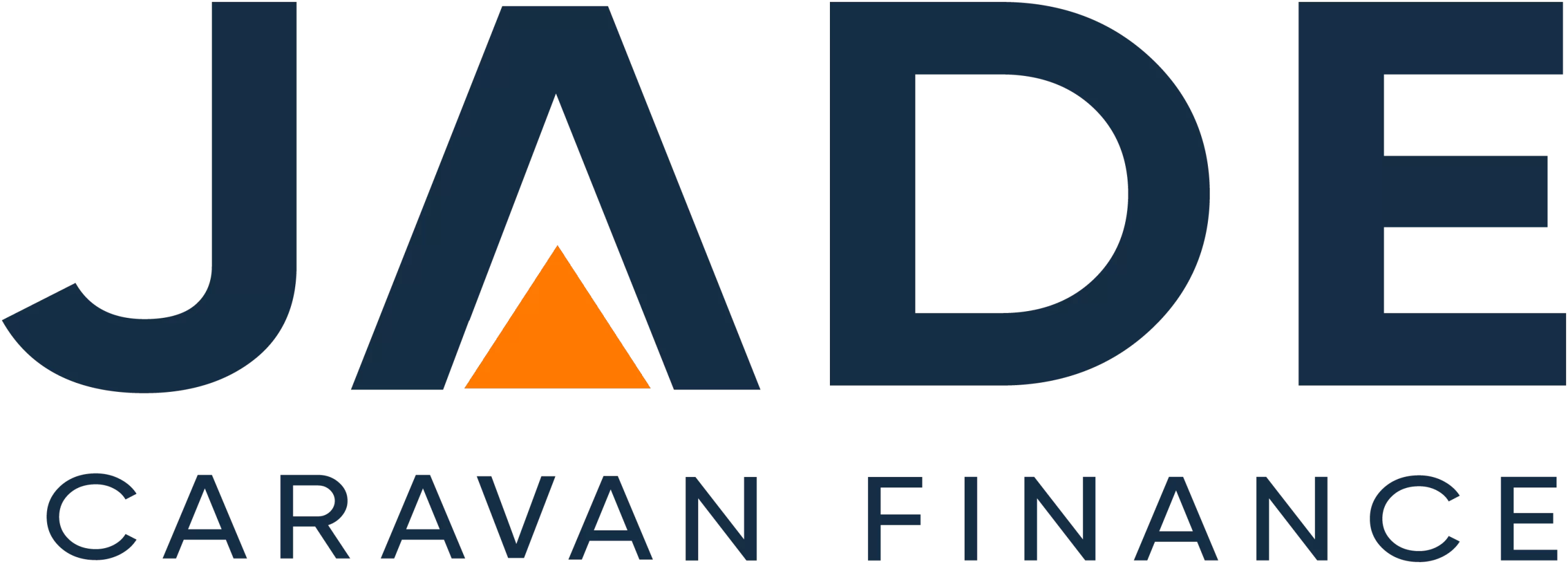The Reserve Bank once again hiked interest rates at its Board meeting in June. A decision which was highly anticipated though the size of the rise has left many quite surprised. The expectation across the finance and economics sector was for a rise in the vicinity of 0.25-0.4%. But the RBA hiked the cash rate by 0.5% to 0.85%. While many analysts and economists were surprised by the figure, prospective RV buyers and owners with finance may also be concerned as to the effect this will have on caravan loans.
The June 2022 decision which follows the 0.25% hike in May, is quite significant both for the size of the rise and that this size increase has only been made a few times over several decades. The RBA’s actions are in response to surging inflation in Australia which sits at 5.1% based on March quarter figures. A figure which the RBA Board concedes in their statement is above its previous month’s forecast.
Decisions by the Reserve Bank of Australia (RBA) to lift the cash rate flow through to increased interest rates in the lending sectors including caravan loans. We review the key messages from the RBA Board’s June meeting and provide information on the effect this may have on caravan loans to assist existing owners and prospective buyers with their planning.
RBA Monetary Policy Statement – June 2022
The statement that announces the RBA Board decisions around interest rates covers the Board’s reasoning as well as its outlook. The June statement announced the 0.5% rise in the cash rate. The Governor of the RBA, Philip Lowe, notes that Australia’s rate of inflation remains below that of many similar advanced economies, though the rate is above what was previously expected.
Mr Lowe said that global issues are contributing considerably to the increase in the inflation rate. These factors include the supply chain disruptions which continue to persist across the globe, in many countries due to continuing issues around the pandemic. The war in Ukraine was also once again mentioned as a contributor to the situation in Australia.
Issues here in Australia which are contributing to the surge in inflation also include the floods on the east coast recently which have seriously affected many agricultural markets and resultant food prices. The labour market, which is extremely tight, is also noted as a contributing factor.
The announcement goes on to state that inflation is expected to be higher in the near period than was expected due to prices for gas, electricity and fuel. By this, it is understood to mean that the RBA’s expectations for inflation made in the May statement were below what has occurred.
The Board expects inflation to increase further and then decline next year to around the target level of 2% to 3%. The Board states that the cash rate increase will help to return the inflation rate to these levels, over a period of time. As the supply chain issues globally start to resolve, it is expected that inflation would also moderate.
In regards to the economy, the RBA notes the 0.8% March quarter growth and 3.3% for the year which demonstrates resilience in the Australian economy. The near 50 year low rate of unemployment of 3.9% indicates strength in the labour market. Wages growth is expected to pick up as companies compete in filling jobs.
Uncertainty around the outlook has been flagged in regard to how consumer spending reacts to inflation. Specifically the effect of inflationary pressures on prices and budgets.
Moving forward, the Board will be closely watching domestic data such as household spending as well as developments in global factors as well as prices for energy and commodities.
As mentioned in the May statement, the June decision is a further step in normalising monetary conditions and the withdrawal of the exceptional level of support through monetary policy provided during the pandemic. In short, that means that interest rates were dropped to historic lows to make lending more accommodative to stimulate the economy and now interest rates are being returned to more normal levels.
Of key significance in the June statement is the mention of more steps towards this normalisation in the months ahead. In other words, further rate rises are on the cards. What size they may be will depend on inflation, labour figures and other data.
July 5, the first Tuesday of next month, is the date for the next RBA Board meeting regarding cash rate decisions.
Caravan Loans Effect
As mentioned above, decisions by the RBA flow on and through lending and these rate hikes do mean increases across the board including caravan loans. For caravan and RV owners with current finance at fixed rates, no change in rate or caravan loan repayments would follow. With our Secured Caravan Loan, a fixed interest rate applies.
If the existing caravan loan was secured at a variable rate, as is an option with our Unsecured Personal Loan, changes will typically occur.
For those planning their RV purchase with finance, Jade Caravan Finance can offer a wide selection of lender choices so we are always in a position to secure the cheapest rate to suit individual buyer requirements.
The interest rate which caravan finance lenders display typically relate to new RVs and for buyers with a good credit score. So buyers can contribute to achieving a better interest rate by keeping a good rating.
Contact Jade Caravan Finance on 1300 000 003 to discuss sourcing a cheap interest rate caravan loan.
DISCLAIMER: THE DETAILS AND INFORMATION IN THIS CONTENT ARE PREPARED AND PRESENTED PURELY FOR INFORMATION AND NOT INTENDED IN ANY WAY AS THE SOLE SOURCE OF FINANCIAL ADVICE FOR CARAVAN PURCHASING. IF ADDITIONAL FINANCIAL ADVICE IS REQUIRED, READERS SHOULD REFER TO A FINANCIAL ADVISOR. NO LIABILITY IS ACCEPTED FOR ANY ERRORS, PRODUCT DESCRIPTION VARIATIONS, OR OTHER MISREPRESENTATIONS OF INFORMATION AS PRESENTED.


